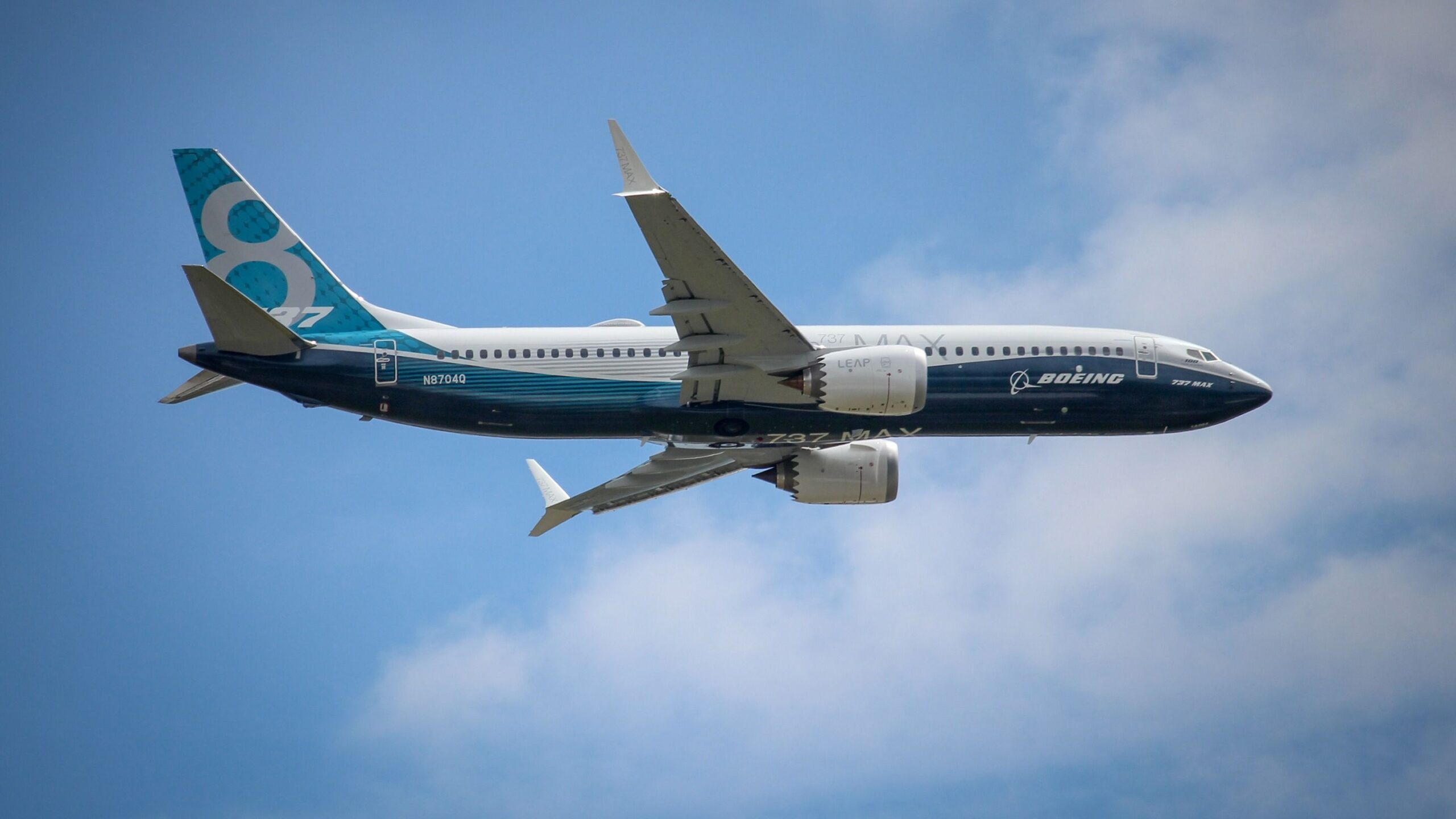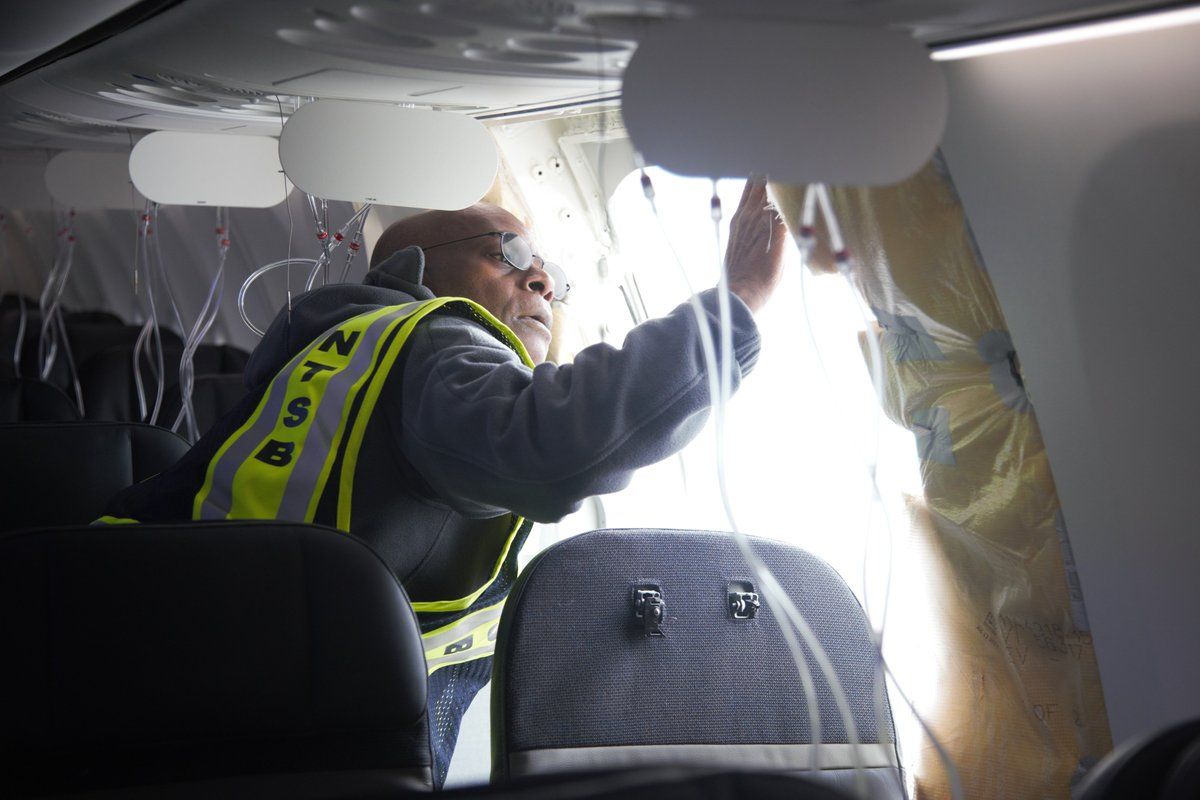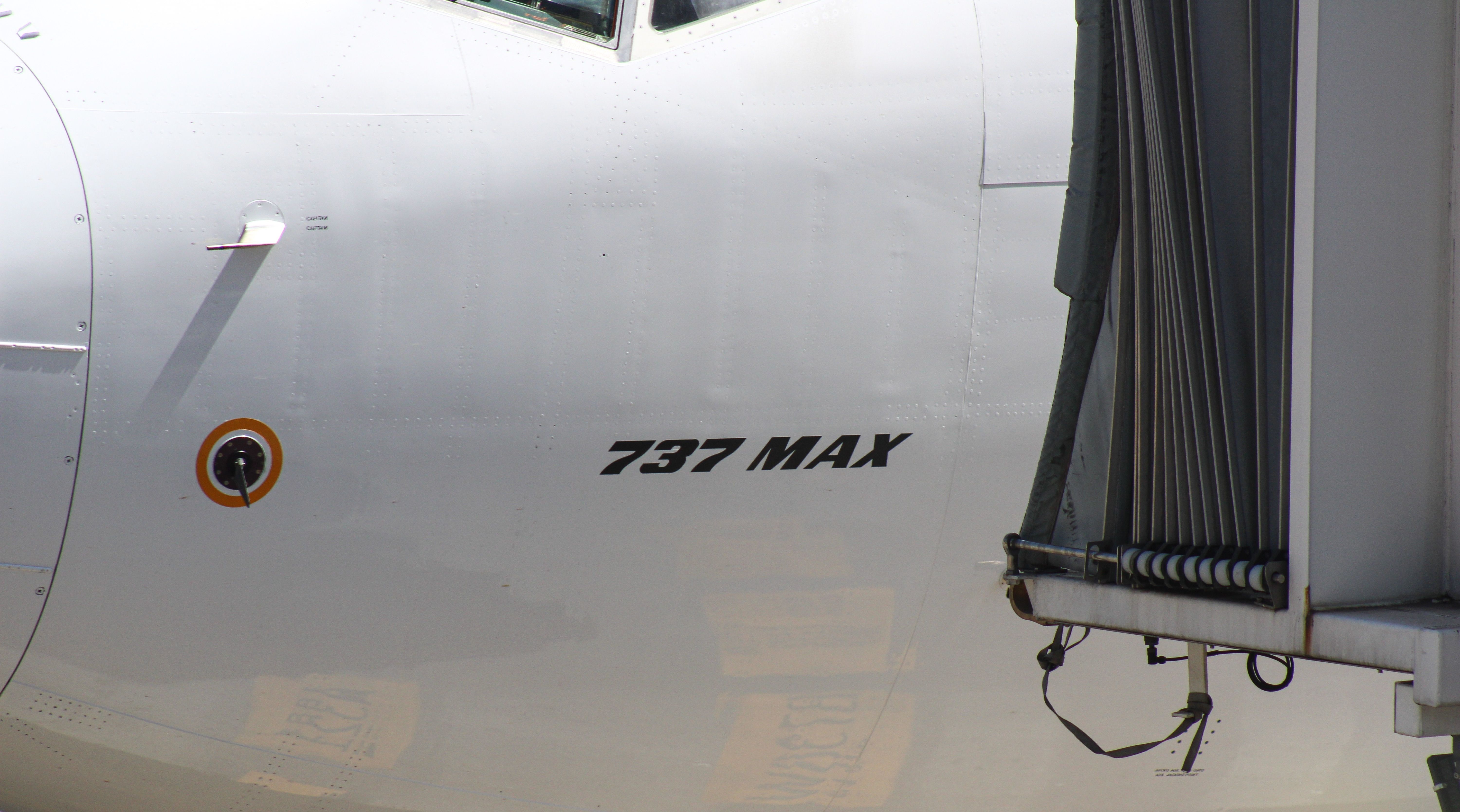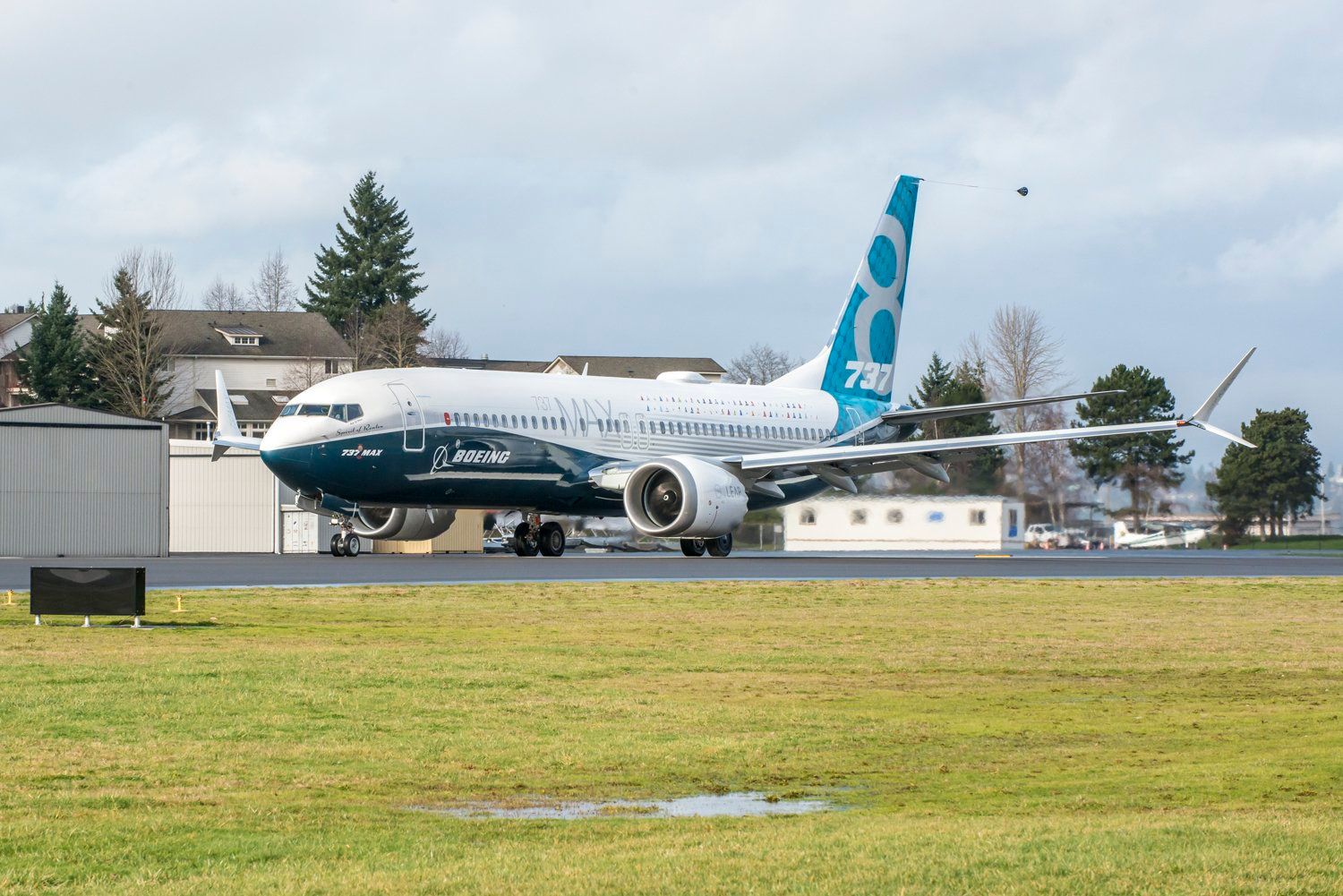Summary
- The FAA will issue an airworthiness directive for certain Boeing 737 Next Generation (NG) and 737 MAX family aircraft.
- The unsafe condition has resulted in the FAA publishing the directive immediately, without providing an opportunity for the public to comment.
- The FAA estimated that over 2,600 Boeing 737s will require inspections in the United States.
The Federal Aviation Administration (FAA) will publish a final rule airworthiness directive (AD) for Boeing 737-700, 737-800, and 737-900ER, namely the Next Generation (NG) family and the 737 MAX 8, 737 MAX 8-200, and MAX 9 aircraft, over concerns of oxygen masks and their assemblies inside the six aircraft types.
Multiple passenger supply unit oxygen generators moving out of position
According to the FAA, it has received multiple reports of passenger supply unit (PSU) oxygen generators shifting out of position within their PSU assemblies because of a retention failure. Following an investigation, Boeing found that the failure was associated with the pressure-sensitive adhesive (PSA) material on certain generator strap thermal pads.
The regulator detailed that the oxygen generator was secured to the PSU assembly by two retention straps, with either PSA or non-PSA thermal pads. The failed PSU oxygen generations used a PSA thermal pad under the retention straps, the FAA added.
“This condition, if not addressed, could result in shifted PSU oxygen generators that might become nonfunctional, which could result in an inability to provide supplemental oxygen to passengers during a depressurization event. The FAA is issuing this AD to address the unsafe condition on these products.”
Photo: NTSB
While depressurization events are fairly rare, there are occasions when the oxygen masks drop to supply air to passengers sitting in the cabin. One of the most high-profile cases was the Alaska Airlines mid-air door plug blowout on flight AS1282, when the aircraft lost its mid-cabin door plug, causing a difference in pressure between the cabin and outside, resulting in the deployment of the oxygen masks inside the cabin.
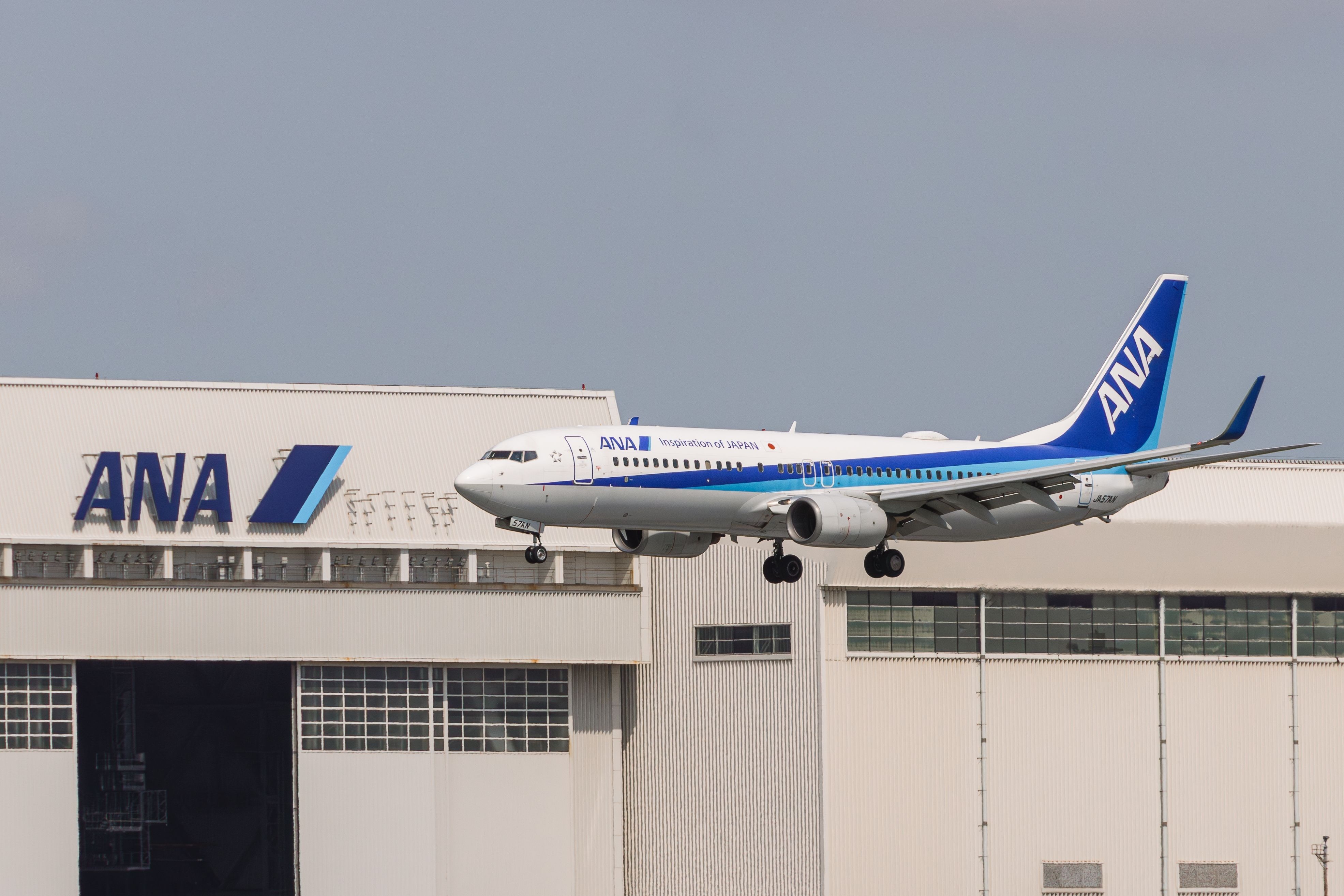
Related
ANA Boeing 737 Initiates Emergency Descent Following Loss Of Cabin Pressure
Japanese officials classified the incident as ‘serious’ and have launched an investigation.
However, the FAA pointed out that the unsafe condition required the immediate adoption of the AD. The directive was filed on July 8 but was scheduled to be published on July 10. Nevertheless, the regulator highlighted that the effective date of the AD was 15 days after it was published on the public register.
“The FAA has found that the risk to the flying public justifies forgoing notice and comment prior to adoption of this rule because PSU oxygen generators might shift out of position within the PSU assembly because of a retention failure and become non-functional, which could result in an inability to provide supplemental oxygen to passengers during a depressurization event.”
As a result, the notice and opportunity for prior public comment were impractical and were contrary to the public interest, the FAA argued. Furthermore, the compliance time of the AD was shorter than the time necessary for the public to comment and for publication of the final rule, with the FAA adding that good cause exists to make this amendment effective in less than 30 days.
Photo: Unaccompanied Media | Shutterstock
Typically, the FAA, or any other government agency, publishes a notice of proposed rulemaking (NPRM), allowing affected stakeholders, which in this case could be airlines, manufacturers, and maintenance, repair, and overhaul (MRO) organizations to comment on the proposed rulemaking.
Subsequently, the FAA issues the final rule AD, addressing any comments that any parties sent in during the public comment process after the NPRM had been issued. The comments can result in changes to the directive’s text, including editorial-only changes included in the final version of the AD.
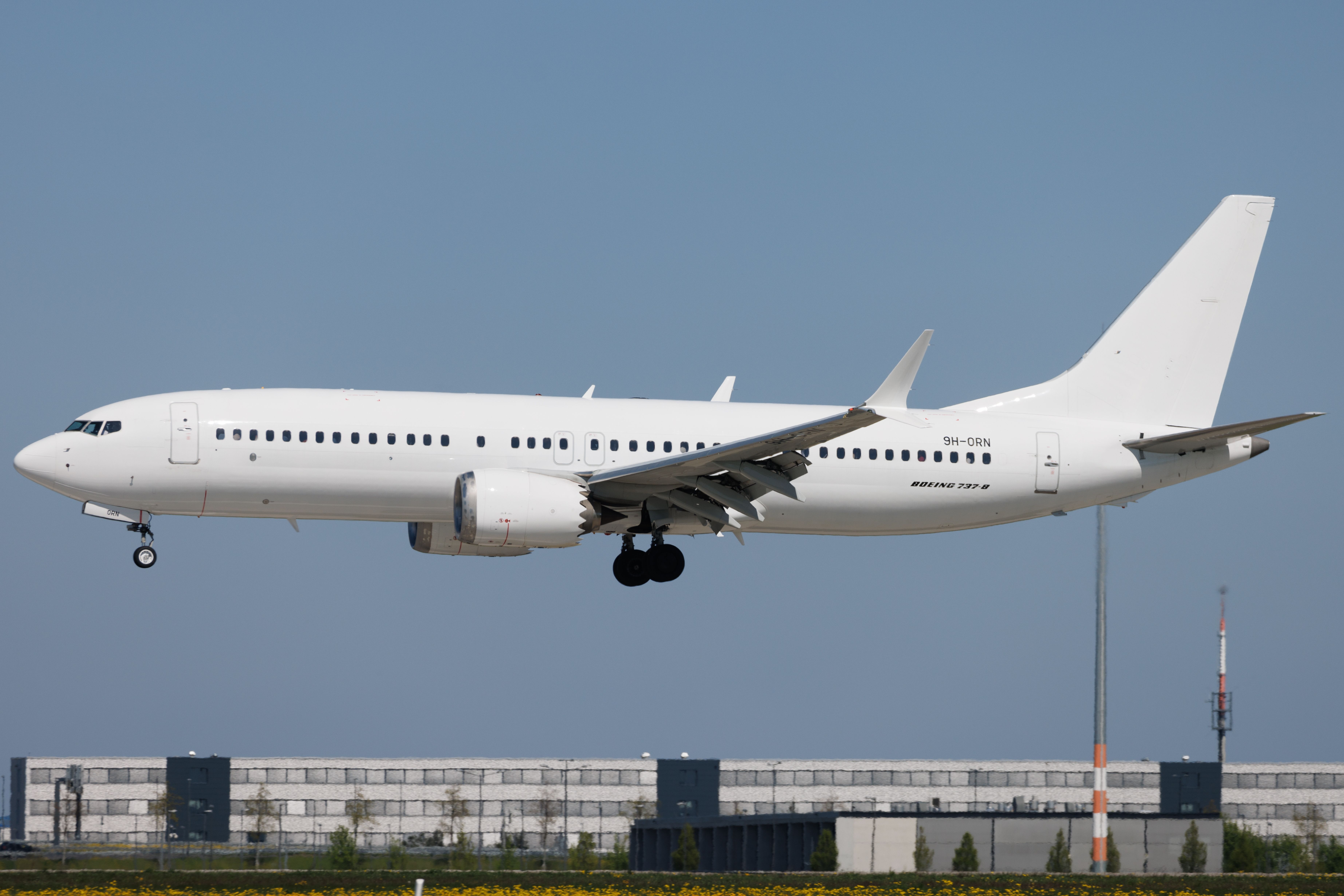
Related
FAA Publishes New AD On 737 MAX 8 & MAX 9 Electrical Fault As Watchdog Calls For Fleet Grounding
In The Foundation for Aviation Safety’s opinion, the continuous electrical problems of the Boeing 737 MAX warrants the grounding of the type.
Affecting over 2,600 737s in the US
According to the regulator, 2,612 Boeing 737 aircraft could be affected by the directive in the US. Meanwhile, ch-aviation data showed that in the US, there are 2,095 active 737-700, 737-800, 737-900, 737 MAX 8, 737 MAX 8-200, and 737 MAX 9 aircraft, in addition to stroed or undelivered aircraft.
Boeing Special Attention Requirements Bulletin (RB) 737-35-1210 RB and Boeing Special Attention RB 737-35-1211, issued for the affected 737 MAX and 737 NG aircraft families, respectively, required a general visual inspection (GVI) of the PSU oxygen generator installation to determine the configuration of the thermal pads of the retention straps.
On-condition actions include a GVI of the affected PSU oxygen generators to identify any installation migration and expended oxygen, replacing the affected oxygen generators, and replacing the PSA retention strap thermal pads with non-PSA retention strap thermal pads.
Photo: Boeing
Additionally, operators of the affected 737s could have to reposition the affected PSU oxygen generators and make sure that the affected oxygen generator installation migration was not found and oxygen had not been expended. The two Special Attention RBs are distinct because they apply do different aircraft, the FAA Noted.
While the FAA estimated that an inspection to determine the thermal pad configuration of the PSU oxygen generator would cost operators $85 per aircraft, totaling $222,020 for all US-based operators, the on-condition costs would add additional costs related to the procedures to make sure the aircraft would be airworthy.
“The FAA has no way of determining the number of aircraft that might need these on-condition actions.”
|
Action |
Labor cost |
Parts cost |
Cost per aircraft |
|
Inspection to identify any expended oxygen and installation migration |
$85 |
$0 |
$85 |
|
Replacement of the PSU oxygen generator |
$85 |
Up to $1,374 |
Up to $1,459 |
|
Replacement of PSA retention strap thermal pad (each oxygen generator has two pads) |
$85, per pad |
$68, per pad |
$153, per pad |
|
Reposititioning of the PSU oxygen generator |
$85 |
$0 |
$85 |
|
Ensuring that the PSU oxygen generator has not migrated and expended oxygen |
$85 |
$0 |
$85 |
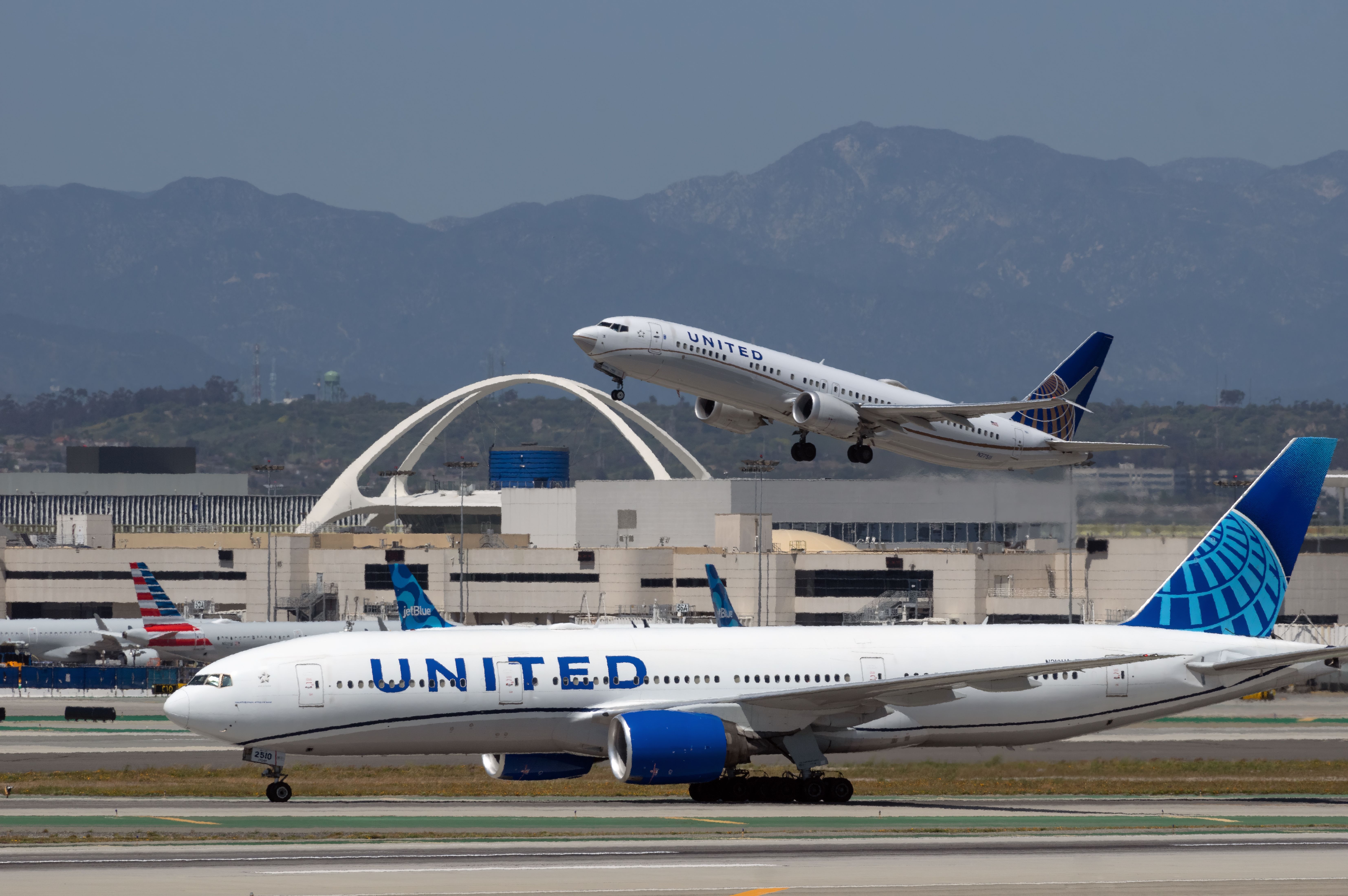
Related
United Airlines Boeing 777 Passengers Panic After Oxygen Mask Announcement
Although the announcement was triggered, no masks were deployed.

